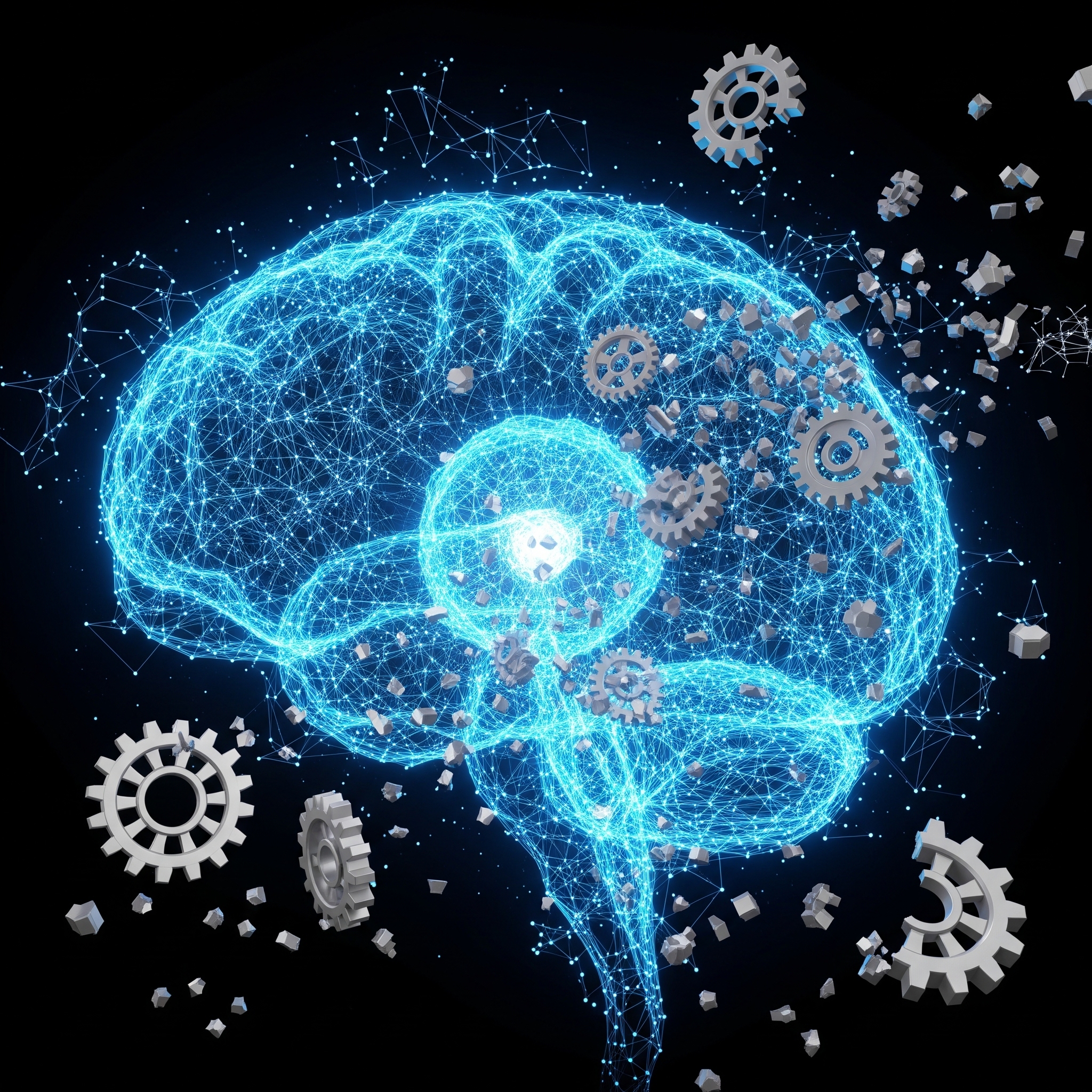AI and reasoning are everywhere—from the content you read online to the research tools postgraduates use daily. But how well do today’s large AI models actually “think” when they tackle complex reasoning tasks?
Apple’s latest research, “The Illusion of Thinking: Understanding the Strengths and Limitations of Reasoning Models via the Lens of Problem Complexity,” dives deep into the capabilities and surprising weaknesses of frontier language models—those advanced systems that supposedly generate reasoning traces right before answering a question.
Let’s break down the study’s revelations and what they mean for anyone wanting to use AI smarter in postgraduate research.
1. The New Frontier: Not Just LLMs, But LRMs
Recent advancements brought us Large Reasoning Models (LRMs)—language models fine-tuned to generate detailed, step-by-step “thinking” before landing on an answer. The common wisdom is that such chain-of-thought approaches should make the AI more accurate and transparent. But does asking a model to think harder really help?
Apple’s Approach:
Instead of relying on traditional benchmarks (which can be contaminated or lack nuance), Apple researchers constructed “controllable puzzle environments.” They could precisely turn up or down the complexity, letting them observe:
- Whether more thinking led to better answers
- How reasoning changed as problems got tougher
- Where and how both LRMs and standard LLMs fail
2. Three Regimes: When (and How) AI Reasoning Breaks Down
Apple’s experiments revealed three key performance regimes for LRMs:
| Task Complexity | Best Performer | AI Performance Pattern |
|---|---|---|
| Low | Standard LLMs | Standard models actually beat LRMs at easy, straightforward tasks. |
| Medium | LRMs | LRMs show superior performance when a little more “thinking” helps crack the puzzle. |
| High | Neither (Collapse Zone) | Both LRMs and LLMs fail completely—accuracy drops and the “reasoning” essentially ends. |
SEO Takeaway:
Don’t blindly trust AI’s reasoning on complex tasks. Even models built to “think harder” can fail—and for the hardest problems, they both break down at the same point.
3. The Paradoxical Scaling Limit
Perhaps the biggest surprise: as Apple ratcheted up puzzle complexity, LRMs initially exerted more reasoning effort (measured in tokens and logical steps). But after a certain complexity threshold, this effort declined—even if the model still had plenty of token budget left!
“Frontier LRMs face a complete accuracy collapse…their reasoning effort increases with problem complexity up to a point, then declines despite having an adequate token budget.”
For postgraduate AI users, this is critical: Don’t expect today’s LLMs or even LRMs to work like calculators or logic machines for highly complex, multi-step problems.
4. LRMs Still Don’t Reason Like Humans—No Explicit Algorithms
Apple also found that, when push comes to shove, LRMs don’t reliably use explicit algorithms or logical computation. Their “reasoning traces” can become inconsistent, skipping steps or exploring implausible paths. This shows in the collapse: not just wrong answers, but illogical ones.
5. Implications for FuKazee Students and Advanced AI Users
What does this mean for you as a postgraduate or researcher?
- Use AI to amplify your work, not as your only reasoning tool. For standard or moderately tricky tasks, LLMs and LRMs can accelerate research or brainstorming, but don’t take their logic at face value for the hardest puzzles.
- Always sanity-check the AI’s reasoning traces. Look for skipped steps, circular logic, or answers that just don’t add up—the “illusion of thinking.”
- Think about complexity. If your problem is highly compositional or multi-step, recognize that even advanced AI has scaling limits and may outright fail.
Final Thoughts
Apple’s “Illusion of Thinking” reminds us that, fascinating as today’s language models are, they don’t truly reason like humans—especially as complexity mounts. For postgraduates looking to harness AI at FuKazee and beyond, the real power comes from knowing both the promise and the pitfalls.
Teach students to collaborate with AI—not just delegate to it—especially for intricate, high-stakes reasoning tasks.
This blog summarizes results from Apple’s research “The Illusion of Thinking: Understanding the Strengths and Limitations of Reasoning Models via the Lens of Problem Complexity.” For educators, AI practitioners, and advanced learners, it’s essential reading as we move into the next era of reasoning with machines.






